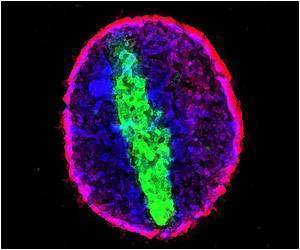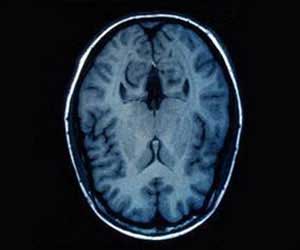Blood pressure drug Iosartan could useful in treating age-related ailments, say researchers at the Johns Hopkins University School of Medicine.

“We’ve identified a functional and independently operated system that appears to influence energy regulation within the mitochondria,” explains Jeremy Walston, M.D., professor of geriatric medicine at Hopkins. “This mitochondrial angiotensin system is activated by commonly utilized blood pressure medications, and influences both nitric oxide and energy production when signaled.”
Previous research showed that manipulating angiotensin in the body’s cells had unexpectedly affected mitochondrial energy production, so Walston and Peter Abadir , M.D., an assistant professor of geriatric medicine, decided to examine the role of angiotensin within the mitochondria. Using high-powered microscopy, they and their collaborators found evidence within the mitochondria of angiotensin as well as one of the protein receptors that bind to and detect it. They also pinpointed the angiotensin receptor’s exact locations within the mitochondria of mouse kidney, liver, neuron and heart cells as well as in human white blood cells.
The team then treated mitochondria with a chemical known to activate the angiotensin receptors and measured the cell’s response. This resulted in a decrease in oxygen consumption by half and a small increase in nitric oxide production—indicating less energy made by the mitochondria and lowered blood pressure, respectively. Explains Walston, “Activating angiotensin receptors within the mitochondria with these agents led to lowered blood pressure and decreased cellular energy use.”
But they found even more than just an energy-regulating mechanism; after testing the angiotensin system in mitochondria of both young and old mice, they noticed a decrease by almost a third of the amount of the angiotensin receptor type 2 in the mitochondria in older mice, meaning that cells in older mice were unable to control energy use as well. The researchers then tried treating these older mice with the blood pressure lowering drug losartan daily for 20 weeks and found that the number of these receptors increased. “Treatment of the old mice with losartan resulted in a marked increase in the number of receptors that are known to positively influence blood pressure and decrease inflammation,” says Walston.
Declining mitochondria are known to influence chronic diseases in older adults, explains Walston, whose next step is to translate studies from cell culture and animal based studies to human studies in hopes of developing new therapies. “Our findings will help us determine if the drugs that interact with this receptor will also lead to improvement of mitochondrial function and energy production. This, in turn, could facilitate the treatment of a number of chronic diseases of older adults.”
Advertisement
Source-Medindia













